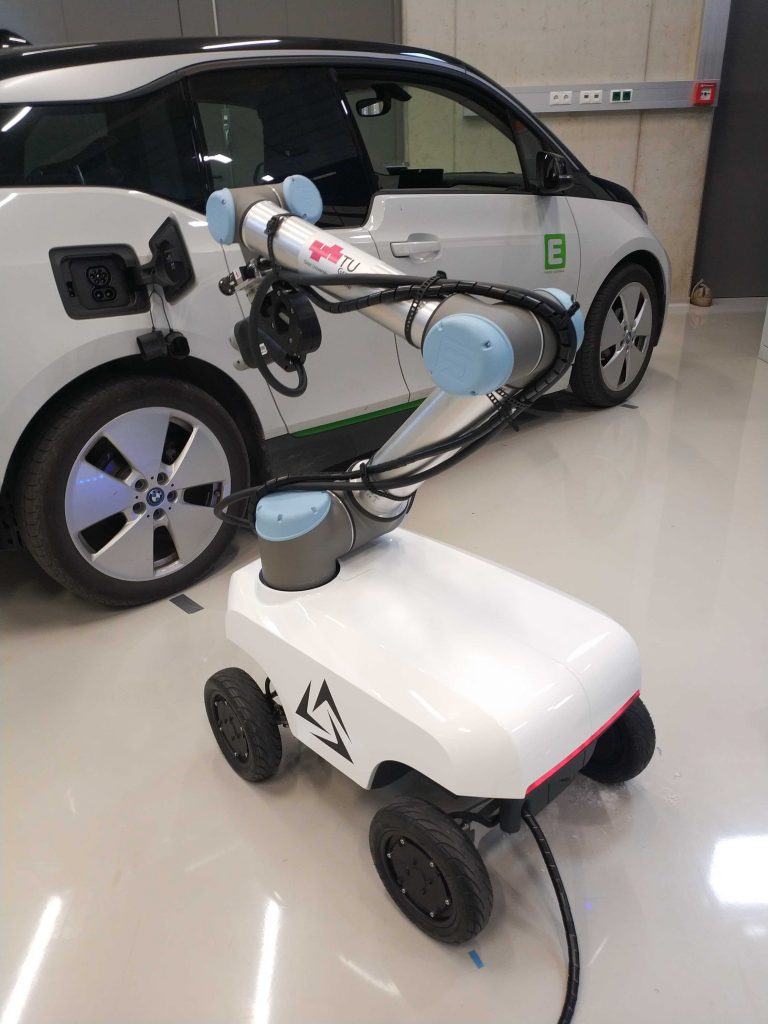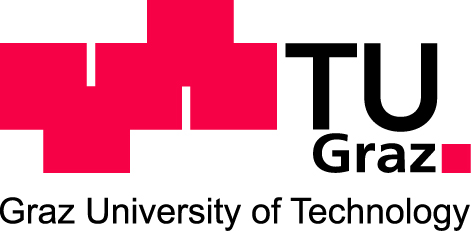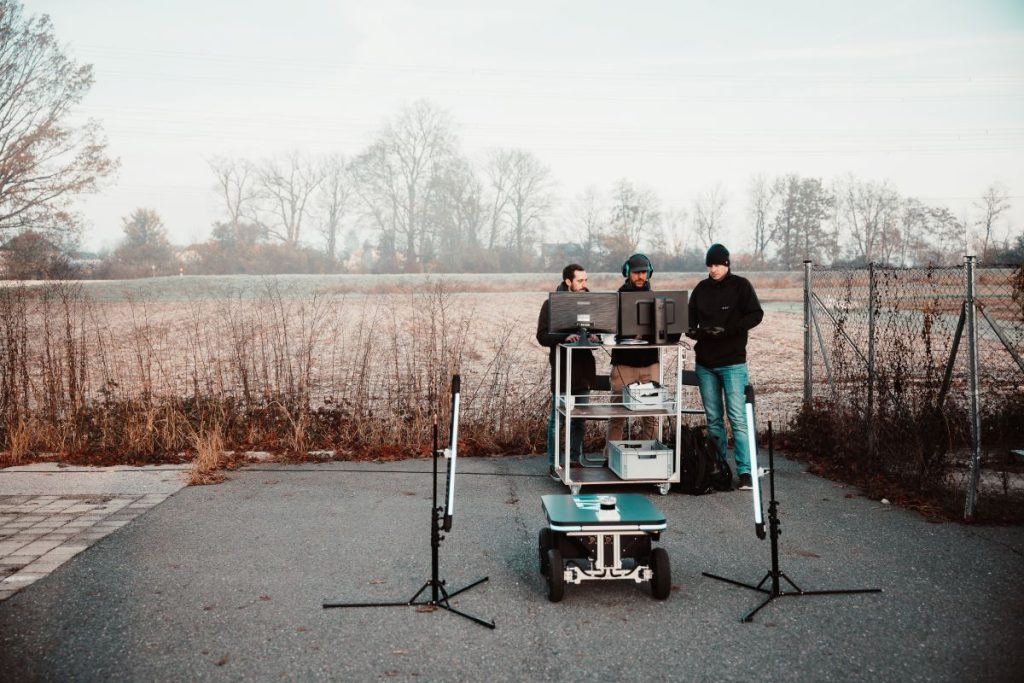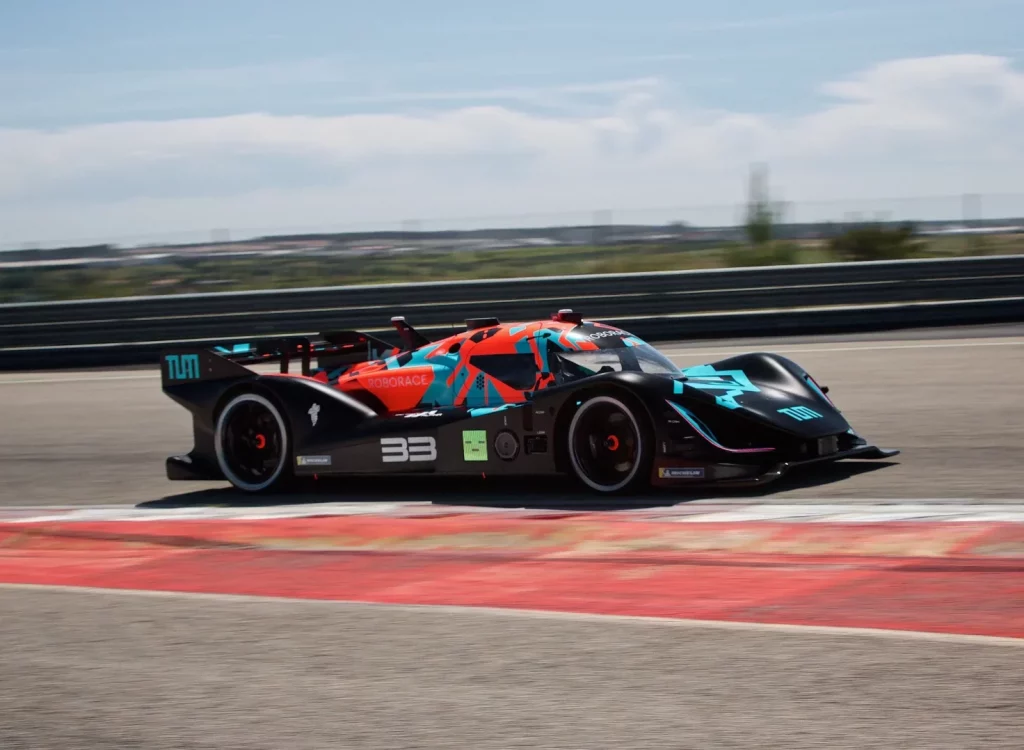Title Image: © Frankl – TU Graz
At ARTI, we want to help shape the technological future. Thanks to our strong scientific background and good networking with the excellent Styrian research landscape, we can participate in many innovative and forward-looking projects and strengthen our competencies.
Together with the Graz University of Technology (Institute of Automotive Engineering) and ALVERI GmbH, we are developing an autonomous mobile charging robot for e-cars. The project “CHARbO” aims to make environmentally friendly electromobility even more attractive. The charging robot autonomously supplies the vehicles with energy, e.g., in parking garages or Park&Ride lots, without the driver’s time-consuming handling of charging cables. Last week, the first demonstration of the charging robot prototype took place at Graz University of Technology.

Source: Konstantin Mautner-Lassnig
The Project Partners
ARTI’s contribution to this project is the universally applicable mobile robot platform CHASI, which was equipped with the appropriate software to enable autonomous movement at around 20 km/h. Moreover, it has the necessary safety mechanisms for operation in environments where people not trained to work with robots also move around. The platform was combined with a collaborative industrial robot arm and the know-how on loading robots of the Institute of Automotive Engineering. The development of the overall concept and the experience in usability and application scenarios was implemented by ALVERI. The CEO of ALVERI GmbH Ehsan Zadmard proudly states:
ARTI Technology
“With the ALVERI CHARbO charging robot, we have not only shown what is reasonably possible with existing know-how in Austria, but have also given the starting signal for more cooperation on infrastructure, mobility services, vehicle concepts and much more in this country. Only in this way will we be able to help shape the future of mobility in Europe and worldwide, and Austria can make a significant contribution here.”
The successful implementation of the demonstration proves the versatile applicability of the CHASI robotic platform (learn more about our CHASI here) and also the outstanding capabilities of the ARTI control software. For example, for the loading process, the platform has to approach the vehicle very carefully and precisely so that the robotic arm can perform the attachment process. It also showed that the safety mechanisms of the ARTI software are ideal for “mixed” human-machine environments. Concerning the safety measures ARTI CEO Konstantin Mautner-Lassnig clarifies:


“Several safety mechanisms are implemented throughout the loading robot. The mobile platform permanently scans the surroundings for possible obstacles with laser scanners and detects when an object comes too close. Then the platform stops immediately.” Even in the very hypothetical case of someone holding their hand between the charging plug and the charging opening, a safety stop has been provided for.”
We are super excited about the media attention the project generated. After the release of the press statement by TU Graz, the charging robot story was brought on several national and international media channels. The Austrian newspapers DerStandard, die Österreichische Kronen Zeitung, und Die Presse and even the Austrian Broadcasting Cooperation reported about the project. The story was also spread by media channels like Trending Topics or the German Informationsdienst Wissenschaft, the German online platform channel-e.de and the German branch information platform for electromobility. Very cool to read about ARTI in the media!



